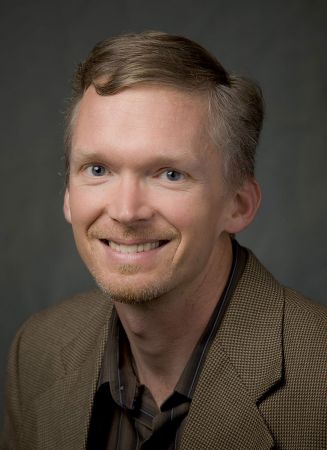‘Floating’ microgrids: Optimizing naval ships’ power systems
ECE researcher Wenxin Liu awarded two ONR grants—totaling $900,000—for algorithmic design and hardware experimentation that could lead to advances in civilian microgrid technology
Wenxin Liu’s research has been funded by the Office of Naval Research for the past 10 years.

 The ISE Department is proud to announce Theodore Ralphs, Professor of Industrial and Systems Engineering, as the recipient of the 2021 Lehigh University Rossin College Outstanding Doctoral Student Advising Award.
The ISE Department is proud to announce Theodore Ralphs, Professor of Industrial and Systems Engineering, as the recipient of the 2021 Lehigh University Rossin College Outstanding Doctoral Student Advising Award.